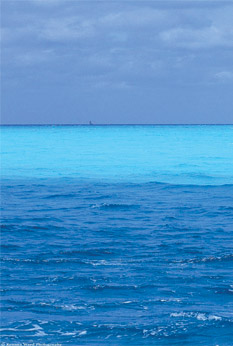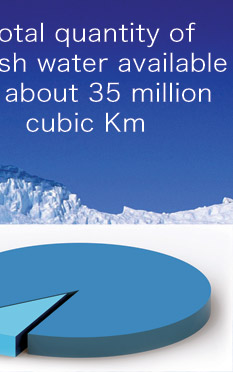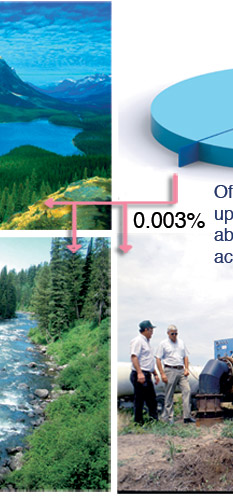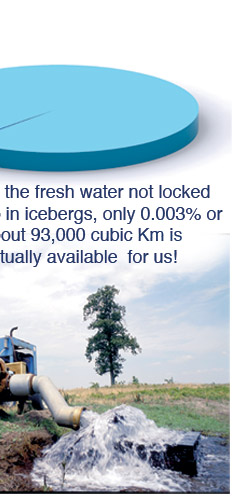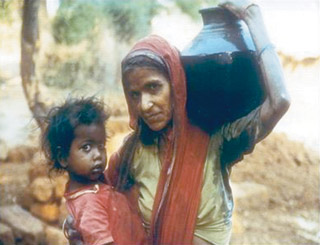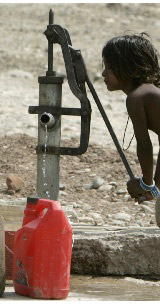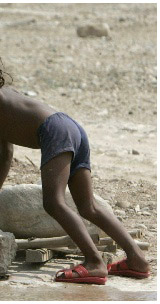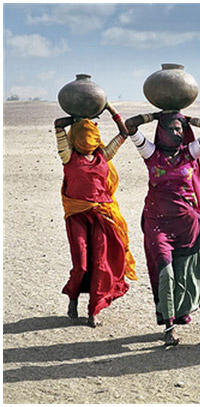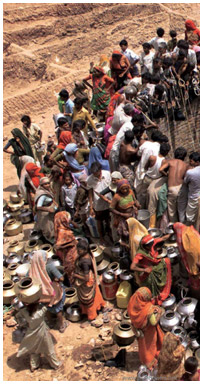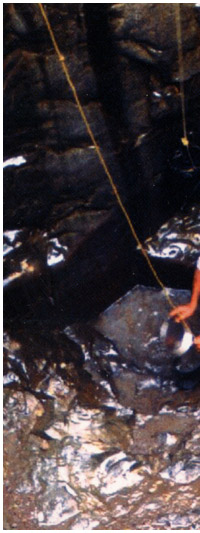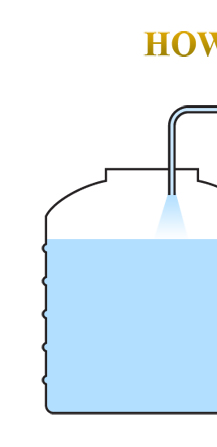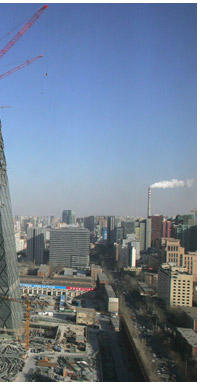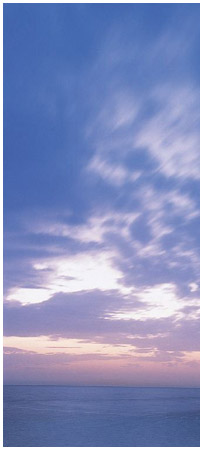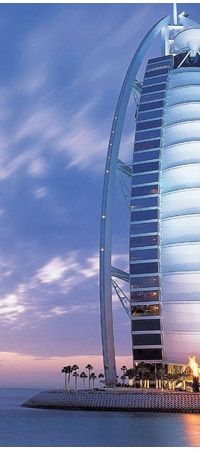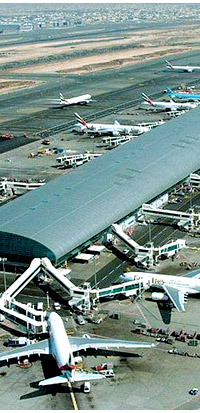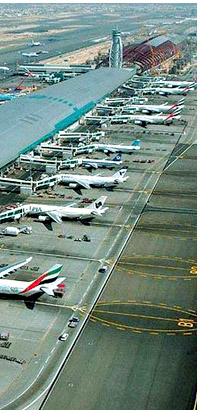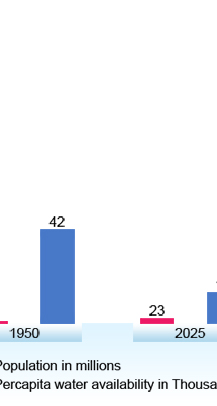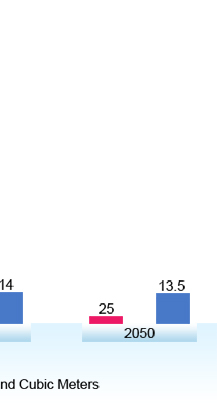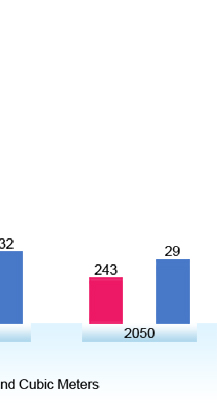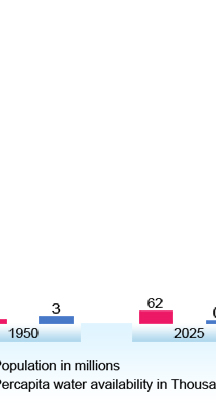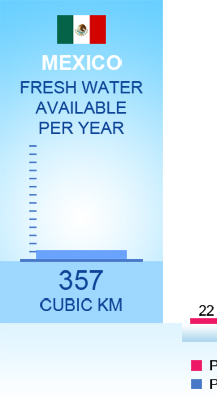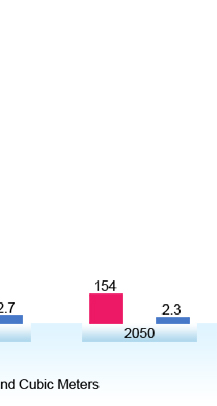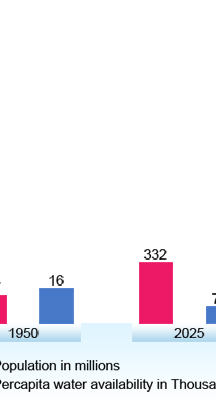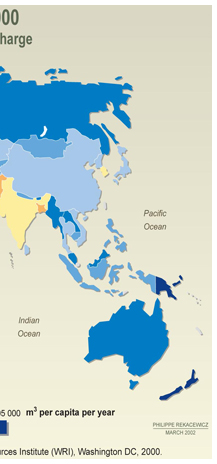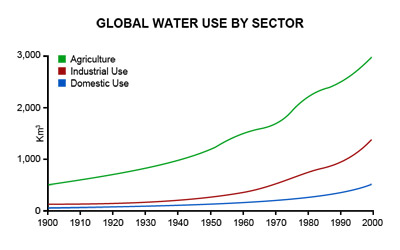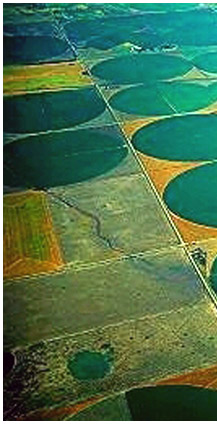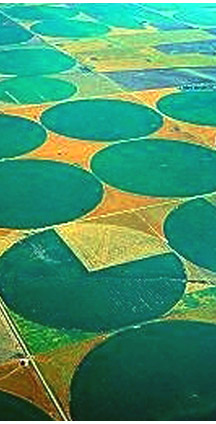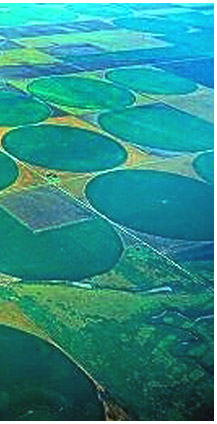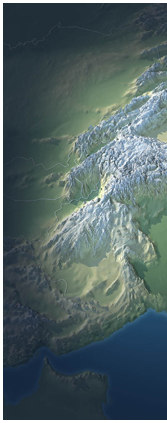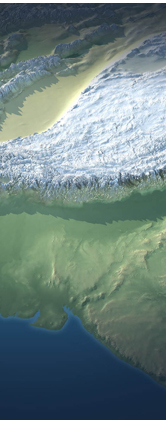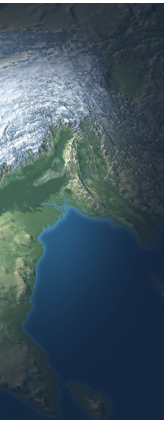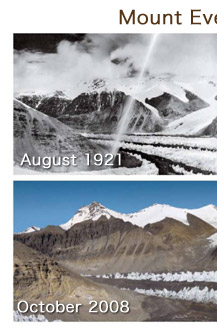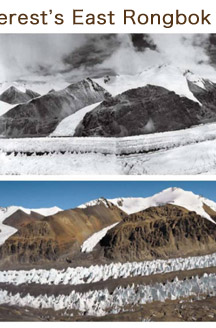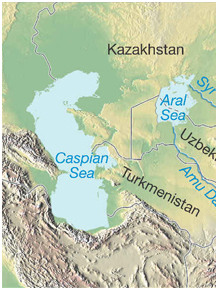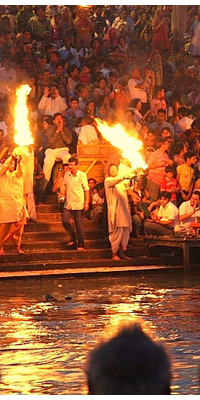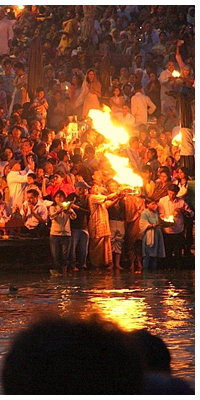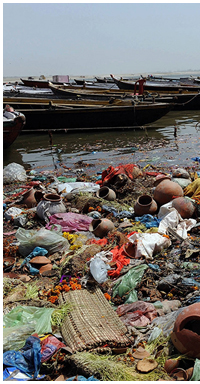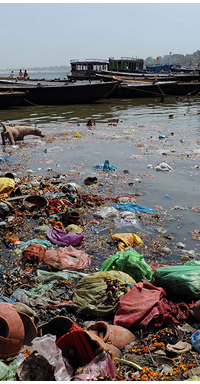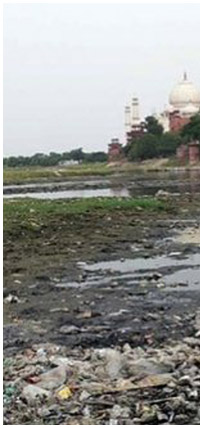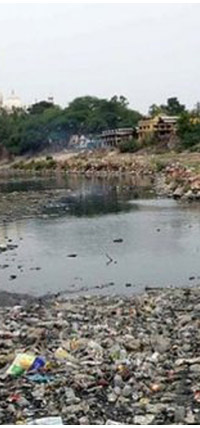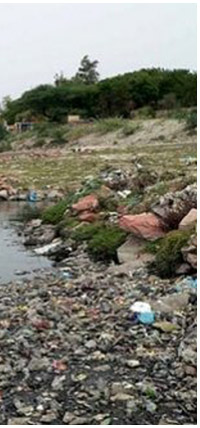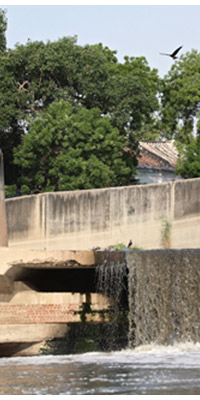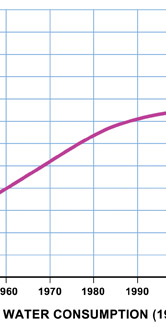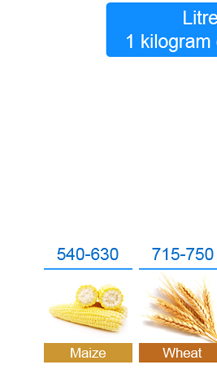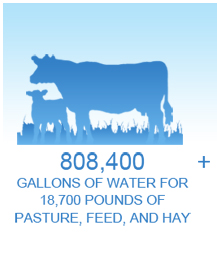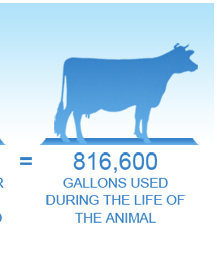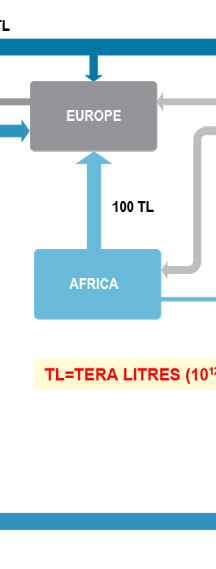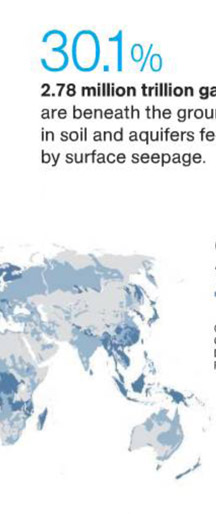Part 02
Please Note: This article has many inset boxes meant for supplementary reading.
Let us start with some practical facts and numbers. The human body has a lot of water, being as much as 75% by weight in an infant, and averaging around 55% in an adult. It is no surprise therefore that next to air, water is the most essential element needed for sustaining life, even more than food. Birds and animals use water mainly for drinking and to a small extent for cleaning maybe. One imagines that the caveman too was like that. However, from the time humans mastered agriculture, their water needs changed drastically. Today, humans require water for not only various types of domestic use, but also for growing food, in manufacture, and for running social establishments like hotels, airports, etc. In fact, humanity’s water needs have grown to such an extent that water is rapidly becoming a cause for dispute between communities, different states within a country, and indeed amongst a whole group of countries that share the same river. In view of this, it is useful to begin with a brief glimpse of the water inventory of the planet.
 |
|
Water Inventory of Planet Earth |
We start with the fact that water covers a good portion of the planet, the total amount of water available being around 1400 million cubic kilometres. That might seem like a very large amount. It indeed is; however, 97.5% of this water is in the ocean and, being salty, is not of direct use to us. What we need is fresh water, the total quantity of which on earth is about 35 million cubic kilometres.
This being a very large amount, one might wonder why people are howling about a water crisis. It turns out that most of this fresh water is locked up as ice in the Arctic and the Antarctic, and what is available for direct use is only about 10% of the above or about 3.5 million cubic kilometres.
This too might appear to be a comfortable number, but it turns out that Nature has kept most of this out of the reach of humans [perhaps wisely!], and what humans have access to in the form of ground water and water available in lakes, rivers, etc., is only about 93,000 cubic kilometres–a huge come down from 1400 million cubic kilometres we started with.
Fresh water is absolutely essential for the sustenance of life. Most of us who live in cities are used to drawing water off a tap and are therefore insulated from the huge difficulties that rural people face all over the world, particularly those living in desert regions as do many millions.
Above are a few glimpses of women trudging across the desert
in search of water in India and in Africa.
At times, even drawing water from a well can become a huge hassle.
|
So far we have been considering some “macro” numbers. Let us now look at some of the details, starting with what is usually called the hydrological or water cycle. The accompanying graphic shows how water from the oceans is routinely made available as ready-to-use fresh water to creatures on land, and how much of the water that falls on land, is returned eventually to the ocean. In short, the supply system as designed by Nature is like a big tank from which water is drawn to a certain extent, the withdrawal being made up with fresh replenishment. When the withdrawal rate equals the replenishment rate, we have sustainability.
 |
 |
 |
This graphic depicts Nature’s “engine” that lifts hundreds of billions of tons of water every year from the oceans of the earth, brings it down later as rain and snow, fills lakes and rivers, charges underground reservoirs, and returns it all eventually in its own ways back to the sea. It is as if Nature is constantly filling a tank and also simultaneously drawing water from it to return to the source. All the water that humans consume comes from this “tank”.
Till recently, humans did not seriously disturb the Hydrological Cycle. Lately, however, things have begun to change. Firstly, humans are drawing water at a rate much greater than rate of filling. Secondly, humans have set in motion a massive climate change process that is appearing to affect the water cycle itself. Thirdly, they are wasting too much water besides polluting it, so much so, even if available, the water is not suitable for use, unless subject to costly retreatment and purification process. The irony of it all is that humans pride themselves as being very clever!
|
|
Till about two hundred years ago, we did have sustainability since the population was not too high and human society had not yet started getting industrialised. Back then it used to be said: “The amount of water available to humans is fixed; it would be the same a hundred years from now as it is today; it would be so even two hundred years from now and so on.” This was one way of cautioning humanity about being careful with water usage, even as the population grew.
During the last couple of centuries, the situation has changed dramatically, becoming somewhat scary of late. There are two basic reasons for this, namely, 1) the rapid growth in population and 2) new uses for water, triggered entirely by the industrial revolution. Earlier, humans wanted water on a large scale mainly for agriculture, but now industry also clamours for water. Take the steel industry for example. These days, millions and millions of tons of steel are used every year. I mean if you take a thing like car, it uses a lot of steel. There are hundreds of millions of cars on the road all over the world, and every year millions of new cars are being added to the existing pool.
The point I am making is that a lot of water is used up just to keep the car manufacture going. Steel is used not only in cars but in so many other activities, like in the construction industry, in building bridges, in railways, in ship-building, and so on. Are you aware how much water is consumed in order to manufacture the ubiquitous chip, employed in the hundreds of millions computers, cell phones, TV sets, cameras, etc., turned out in millions every year? Let us now look at road construction; do you know how much water this consumes? And don’t forget hotels, airports, huge conference centres, shopping malls and such urban structures, all of which guzzle water in huge quantities.
The Industrial Revolution led to a rapid growth in cities, and thereby to a phenomenon referred to as urbanisation. Basically, it is a term that refers to the growth of various facilities that city dwellers need, like highways, airports, hotels, shopping malls, places of entertainment including gambling casinos, etc., all of which have lately become super-sized. No doubt these facilities provide many services, but the flip side is the following:
1) They take away precious land and greenery.
2) They contribute a lot to pollution, including noise pollution.
3) They guzzle of lot of energy.
4) They are heavy on water consumption.
5) And finally, they also lead to a lot of social tension in many different ways.
This is not to deny that a certain minimum amount of urbanisation is necessary and also unavoidable. But why allow it grow exponentially? Is the game worth the candle?
|
|
Precious water is wasted in many different ways, often in the cause of luxury. Here we see water spays keeping a golf course in trim condition. Please go to the web and check out how much water a golf course consumes per year on the average, and how many golf courses there are in the world. It would be very educative and sobering as well, especially when you look at people walking across miles of desert just for a pot of water!
|
|
In short, modern life implies a lot more of per capita water requirement than what life demanded say two hundred years ago.
 |
 |
 |
|
The charts displayed above show, for eight select countries, in alphabetical order, the following data:
1) The net water reserve in cubic km.
2) The population and the per capita water availability in cubic metres in the years 1950, and as projected for the years 2025 and 2050.
The countries chosen represent all the continents. It should be stressed that figures shown here do not include the wastage aspect. If that is taken into account, then the forecasts would be far more grim.
* Data extracted from a book entitled WATER by Marq de Villiers, published by Stoddart of Canada in 1999. ISBN 0-7737-6174-8.
|
|
We now examine another important aspect about water, namely its availability around the world. Data concerning this is presented in a map below from which we find that water availability is far from being uniform around the world. Some parts of the world are lucky while others are not so lucky; in fact in the arid regions, getting even drinking water is a huge hassle.
|
|
Nature operates an invisible engine that lifts water from the salty oceans and later delivers it on land as fresh water, mostly via rain and to some extent through snow. Unfortunately, the freshwater is not distributed evenly across continents. Thus, the Amazon basin with a population of barely 10 million receives 20% of all the rain falling on the earth's landmass, while about four billion people [representing roughly two-thirds of the global population] receive only about 25%. The map above illustrates the unevenness of the distribution of fresh water on earth which, naturally, raises its own problems.
|
Thus far, I have brought the following important facts to your notice:
- The amount of usable water, namely the water reserve from which humanity can draw every year, is fixed.
- This water is not distributed evenly across the globe. In some parts of the world, water is readily available; in many other parts, it is not.
- Water demand per person is increasing constantly, especially when the country is industrialised or in the process of changing from an under-developed country to a developed country; China, India and Brazil are three big countries often mentioned in the latter context.
With this background we now confront another important fact, a rather disturbing one really. Up to now, we have assumed that when we draw water from our God-given “water bank”, we always return the same amount of water back to Nature in some manner or the other. This is not exactly true because some water is always lost, especially through wastage. While waste is an important factor in diminishing our water reserve, there is a new element which one did not even think about say fifty years ago, namely climate change.
We start with a graph which shows how our annual consumption of water has been increasing to multiple demands. As discussed in the main text, this is a direct consequence of humankind making a strong transition from an agricultural and nomadic to an industry-based way of life.
Next we see how even where agriculture is concerned, the onset of industrialisation has made a huge impact. Before the industrial revolution [IR], land was ploughed in almost all parts of the world using animals. This put a limit on how many acres a farmer could cultivate. The IR changed all that. Thanks to huge and powerful tractors, a single farmer could comfortably handle a farm extending over several hundred acres. In other words, ploughing large tracts was no longer a problem. What about water? In the central part of America, the farmers were blessed to have beneath their feet a massive aquifer.
The graphic below, derived from the special issue of National Geographic cited elsewhere, shows how the water table has been dropping rapidly. That is because of the huge amounts of water withdrawn using big pumps and an array of sprinklers.
What must be remembered here is that the aquifers take a long, long time to recharge, maybe tens of thousands of years. But what we are witnessing is its depletion in probably about a hundred years or even less.
|
|
These days, even kids know about climate change. They know about water held in the icebergs in the north and south poles disappearing into the oceans as a result of the rising temperature and all that. But there is another aspect to this rising temperatures business that not many are bothered about, which is the melting of the reserves of ice on the continents. In this respect, the Himalayan glaciers and the neighbouring regions in Tibet hold so much ice that this region is sometimes referred to as the Third Pole. There is unquestionable evidence that this reserve is slowly but most definitely dwindling, which is bad news for China, India, Pakistan, Bangladesh and most of the countries in S.E. Asia. You would know why if you look at a map and see how many major rivers of the region depend on this Third Pole for a good portion of their water, especially in summer. If this ice disappears forever, then a sizeable chunk of the world’s population is in for real trouble.
The Himalayan region holds a lot of water in the form of glaciers, and is therefore sometimes referred to as the Third Pole [apart from the North and the South Poles, that is].
|
 |
 |
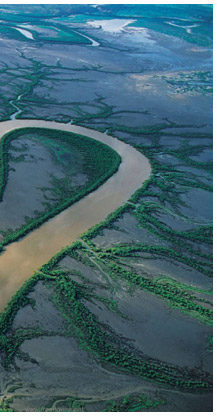 |
|
From the earliest of times, humans settled down near rivers whenever they could, for obvious reasons. This happened in all continents. During the last fifty years or so, many rivers have practically ceased to exist in the sense that hardly any water flows all the way from source to destination. This includes many big rivers. Most of the water is drained off en route by humans for use in many different ways, with of course disastrous consequences to local ecology.
 |
 |
 |
The Ganges and the Yamuna are two of the major rivers of India, both held to be very sacred. In fact every single night, worship is offered to River Ganges all across its length. And yet, without batting an eyelid, people are quite ready to pollute the very rivers they worship; such is the schizophrenic lives people lead these days!
Pictures above show the pollution of the Ganges not only by the dumping of garbage but also allowing sewage water to flow freely into it. The sewage contains discharge from many tanneries and is therefore strongly contaminated with dangerous heavy metals. Since the river charges ground water in the neighbourhood, the pollutants find their way into many wells, seriously affecting the health of the people who drink that water. All this has been happening for years, but those who ought to be concerned are hardly bothered! It would seem that society is highly tolerant of things we should be intolerant about and very intolerant of things we should be quite tolerant about! |
|
|
|
What all this adds up to is that the “water reserve” is not staying constant as we had assumed, but is decreasing. This exactly is where the graph of annual water withdrawal versus time becomes very important. If you look at the graph below, you can understand how much the annual demand has increased during the last hundred years. The current withdrawal rate is about 4000 cubic kilometres per year, while the available amount is 93,000 cubic kilometres. Since, however, the replenishment rate is much less than the withdrawal rate [thanks to wastage and various other irreparable losses], it means that one day in the future, may be fifty or hundred years from now, the water tank given to us by God may be empty.
The facts to be remembered are:
1) The total reserve is around 93,000 cubic km.
2) The current withdrawal rate is about 4,000 cubic km.
3) We are withdrawing far more than the replenishment rate, which means one day, the reserves are going to run out!
|
This is not a made-up scenario but a grim reality. Incidentally, shrinking water reserves, rapidly growing population, plus a sharp decrease in cultivable land together imply food shortage in the foreseeable future, and that has got many people already alarmed.
So you see, while we live in our bubble world as if everything is hunky dory, dark clouds are constantly appearing on the horizon; these are not imaginary clouds cooked up by cranky nuts but hard facts receiving constant attention from leading experts of the world.
Before we move on, there are a few additional pieces of information that I would like to leave with you. They are gathered together in the box below; don’t miss it!
 |
 |
 |
The graphic above calls attention to how intimately water enters into the picture based on our food choices. Among the grains, rice consumes a lot more water than millet. In the forties, a very large section of the Indian population ate only millet because it was affordable and easily available. After World War II, rice eating became extensive and these days even the poor want only rice. However, rice cultivation demands a lot of water, which is a problem. Further, rice is quite starchy and excessive eating of rice has sure increased the diabetes problem! Incidentally, this chart also calls attention to the unsustainability of heavy meat consumption by large segments of the world population.
This graphic shows how much water is consumed in the US for raising a cow. [One US gallon equals about 3.8 litres.] Turning vegetarian is good not only from a spiritual point of view but also sane from an ecological point of view as well!
|
|
|
When we talk of import and export, we usually think of a product or commodity physically being sent country A to country B. However, there is also a thing called implicit import-export. Let us say India exports a million tons of rice. That means it has drawn 106 x 1000 x 1500 = 1.5 trillion litres of water in order to make this export. This is not exactly a small amount of water. Thus it is that experts have lately been examining how countries manage their water resources, especially in the context of virtual export.
What is shown here is a schema based on data taken from the National Geographic special issue on water that appeared in April 2010. The above schema has to be compared with the ground water reserve map appearing in National Geographic in the same issue. One thing then that immediately stands out is that Africa which is really not all well endowed when it comes to water, is exporting too much of it! Maybe export earns much needed dollars; but that is all in the short term.
The message that emerges from all this is that there must be some global arrangement that is fair and equitable that enables all countries to have decent water reserves, based on sane living, no one country trying to grab a disproportionate share of water, as is happening now in many places.
All of the above must be kept in mind in the context of our ground water reserves [as projected in this map taken from National Geographic April 2010]. This represents about 30% of the fresh water available to humans (about 2.8 x 4 = a little over 10 million trillion litres). The rest is supposed to come directly from rain water, and from rivers as well as lakes.
|
|
I would now like to ask:
- How many people are conscious of these facts?
- How many among the people who are so aware, are actually bothered?
- Is there any way out? Or is the situation too far gone?
- If there is indeed a way out, what exactly is it?
Many people would be surprised if I were to tell them that all the problems I discussed above are in fact related to spirituality. As Swami says, people imagine that spirituality belongs to some rarefied world and has nothing to do with mundane life; on the contrary (as Swami Himself has pointed out on several times), it has everything to do with it. How? That exactly is what we shall consider next. |





